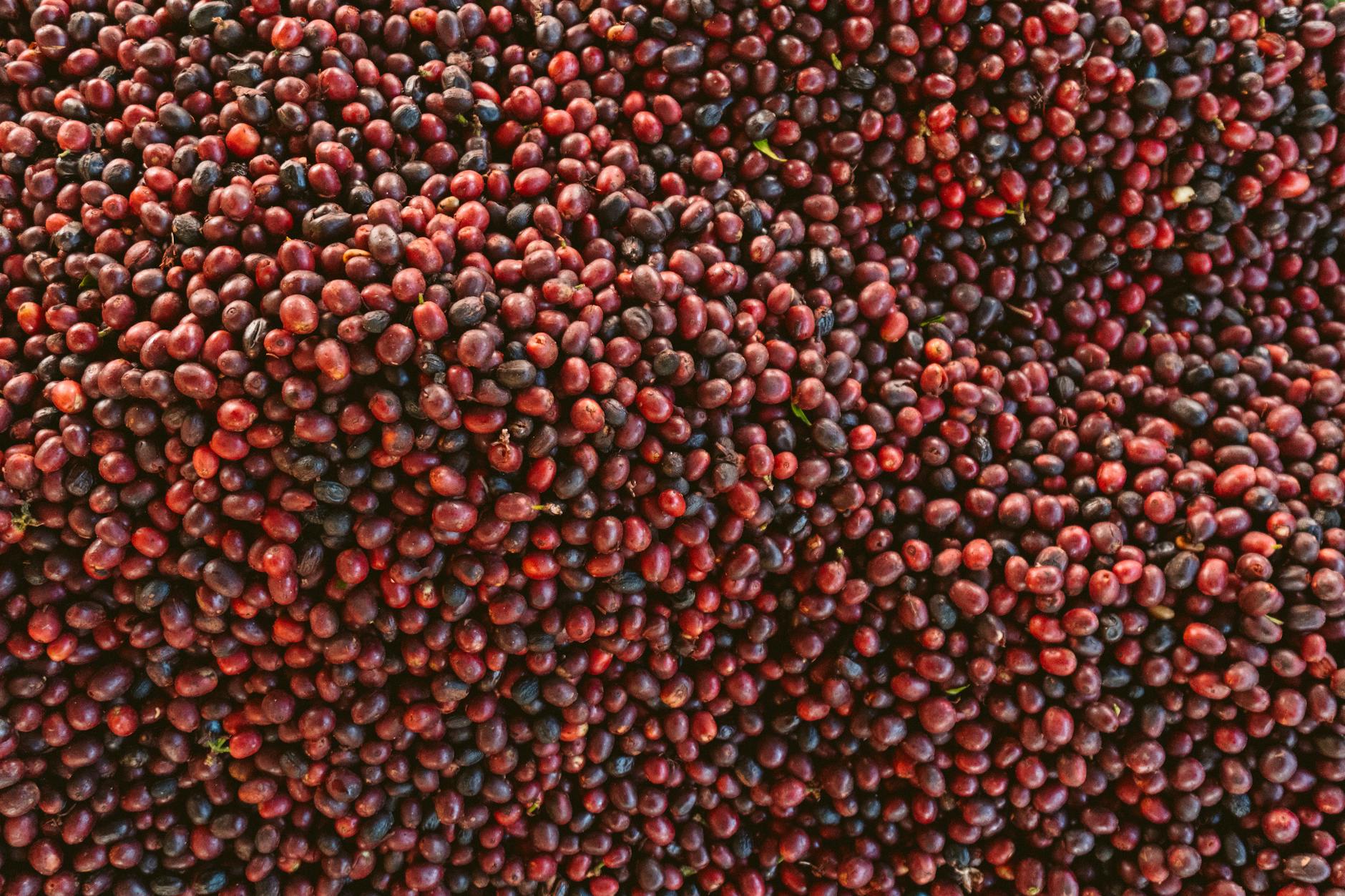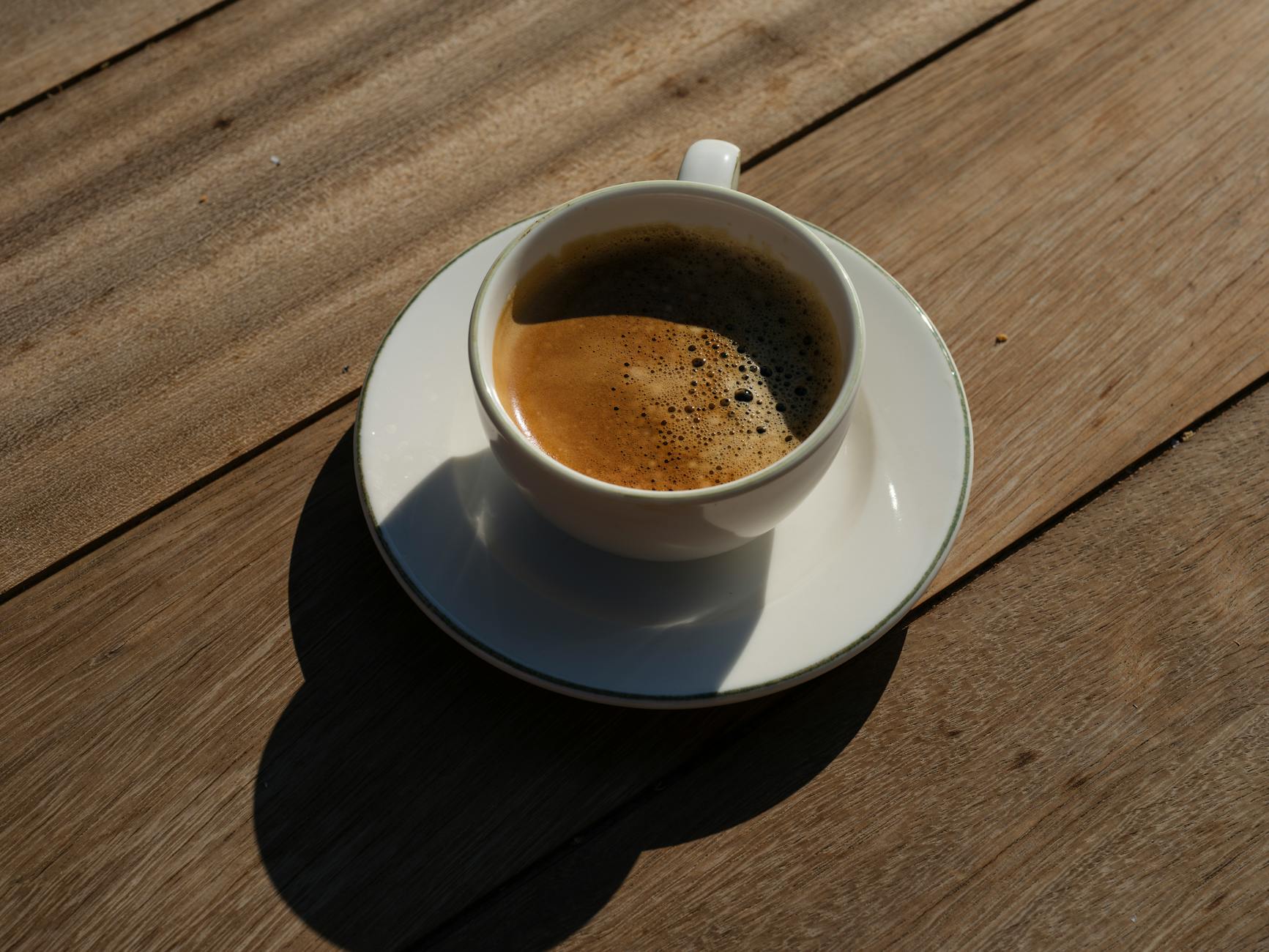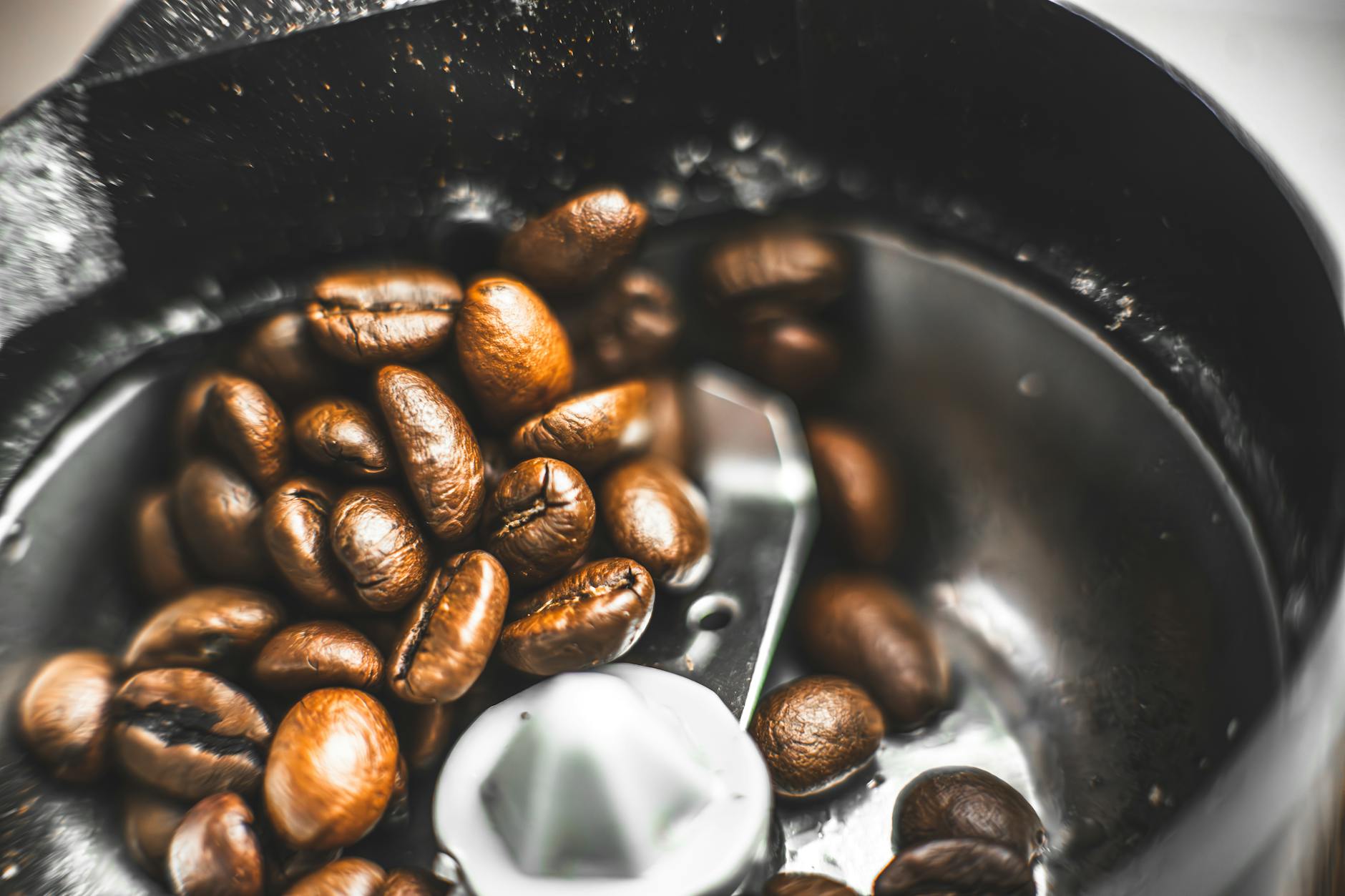Let’s be honest, my friends. My coffee ritual is…meticulous. Triple-filtered water, hand-ground beans to a precision that would make a Swiss watchmaker blush, an antique percolator that’s older than most of you… It’s a performance art, really. And yes, I’m aware I’m a delightful caricature of a caffeine obsessive.
The Nose Knows: Unlocking Coffee’s Aromatic Secrets
But here’s the thing: understanding coffee aroma isn’t just about some eccentric old-timer’s hobby. It’s about unlocking a whole new dimension of flavor. Think of it like fine wine – or, if you prefer something a little less refined (and a lot more caffeinated), a finely-tuned amplifier for your senses. The aroma isn’t just a pleasant side effect; it’s the conductor of the symphony of taste.
The first whiff, that initial burst of fragrance, gives you a significant clue about what’s to come. And trust me, there’s a whole universe packed into those volatile compounds. Floral notes? Fruity undertones? Earthy musks? The possibilities are as vast and varied as the beans themselves. A high-quality coffee, properly roasted and brewed, will unveil a captivating spectrum of aromas – a sensory journey that elevates the simple act of drinking coffee into something much more profound.
Beyond the Basics: Identifying Key Aromatic Compounds
Now, I’m not going to bore you with the complete chemical breakdown of every single volatile organic compound found in coffee. (Though, I’ll admit, the sheer complexity is strangely fascinating to me. I once spent a month meticulously tracking the oxidation process of different green beans.) What’s truly important is understanding the major aromatic families. These include fruity esters, nutty pyrazines, chocolatey furans, and spicy phenols, which interact in complex ways to create the unique profiles of different coffee varieties.
Did you know that the aroma profile of a coffee bean changes dramatically depending on factors like the origin, the altitude at which it is grown, the processing method used, and of course, the roast? A single bean can contain hundreds of volatile compounds, each contributing to the overall aroma profile.
Understanding these subtle nuances is key to truly appreciating coffee. For example, consider the difference between a light roast with its bright, citrusy notes, and a dark roast with its bold, chocolatey undertones. They share the same genetic code in a way but taste completely different.
The Science of Sensory Perception: How Your Brain Deciphers Aroma
This is where things get truly fascinating (and yes, slightly nerdy). Our perception of aroma is a complex interplay between olfactory receptors in our nose and the neural pathways in our brain. These receptors bind to specific volatile compounds, triggering electrical signals that are interpreted as scent. It is the interaction between these receptors and compounds, and our brain’s interpretation of this, which creates the individual experience of coffee aroma. This fascinating area of research is constantly evolving.
This complex process is what allows us to distinguish between thousands of different scents, including the subtle variations in coffee aromas. The more you experience and analyze, the more refined your perception of these scents becomes.
Think of it like learning a new language. The more you expose yourself to different words and phrases, the more easily you can distinguish between them. So, the key to becoming a coffee aroma connoisseur is simply practice. Sniff away, my friends. Explore. Experiment. And above all, have fun.
Beyond the Bean: Brewing, Storage and Maximizing Aroma
Even the most exquisite bean will be let down by sub-par brewing and storage. For optimal aroma, proper brewing techniques are essential. Think about grind size, water temperature, and brew time – these all play a critical role in releasing the aromatic compounds. Storing your beans properly – away from light, air, and moisture – is also crucial in preserving their freshness and flavor. A poorly stored bean loses aroma and flavor rapidly. In terms of aroma, nothing beats freshly roasted beans.
Remember that consistent practice is key, and that there’s no need for expensive equipment to get good at this. While my vintage percolator makes me feel supremely sophisticated, even the simplest coffee maker, used with care, will allow you to enjoy this delightful process. And, between you and me, the right cup is worth the trouble. It is an exercise in mindful consumption that slows you down in the rush of daily life. The time taken is actually an investment in experiencing the coffee’s aromatic complexity.
Speaking of investments… remember those dot-com days? Anyone else feel a little nostalgic for the sheer, unadulterated madness of it all? Investing in quality coffee might not be as volatile as crypto (thank God!), but the rewards are far more substantial. It’s an investment in daily joy. And it’s so much more satisfying than the occasional, fleeting surge of adrenaline from a volatile asset. You can invest in the aromatic pleasure of your daily coffee. It’s the better investment.
Oh, and before I forget—if you want to show your appreciation for a truly great cup, you can’t go wrong with a commemorative mug. Something a little…different. You know, something with a bit more…oomph. Like, say, a George Washington coffee mug. It’s a subtle nod to history and a bold statement about your coffee preferences.
Cheers!
P.S. Don’t forget to clean your equipment. Even the most seasoned coffee aficionado sometimes neglects this important aspect. The cleanliness of your brewing equipment dramatically influences the outcome of your brewing process, affecting not just taste, but also the quality of the aroma.
P.P.S. Yes, I still wear two watches. And yes, I’m still late. It’s a paradox I’m still wrestling with.


